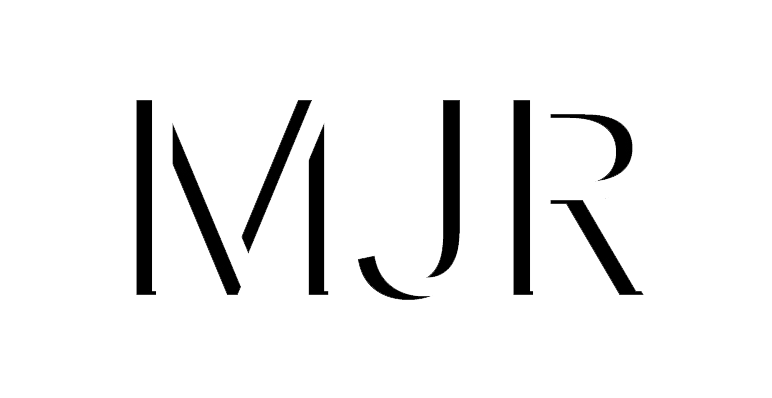Felix, my robust five month old, is quickly exceeding my ability to hold him with one hand. For the first few months I could easily tuck him into the crook of my elbow and sit quite nicely at the piano doing what any pianist-father would do: play piano music using only my left hand! Now that my son is healthfully growing (97th percentile), I fear for the muscular integrity of my spine in such a position, so I’ll reminisce about my brief stint in this interesting category of music.
Life-size Felix…
According to Dr. Hans Brofeldt’s exceedingly informative website “Piano Music for the Left Hand”, this kind of music rests upon several interesting cultural factors. First, the invention of the sustain pedal allowed for a single hand to sound like several; technology opened up new musical possibilities. Second, the impetus for writing music of this sort could either come from the physical loss or injury of a hand—such as Paul Wittgenstein (1887–1961) who had his right arm amputated after sustaining a bullet wound to the elbow in WWI—or from what Brofeldt calls “musical-intellectual gymnastics” in which a composer simply limits their composition to a single hand to see what is possible. The two pieces that I’ve enjoyed are from the latter category.
Scriabin’s Nocturne Op. 9 No. 2
Alexander Scriabin (1871–1915) wrote Opus 9 in 1894 and it consists of a Prelude and a Nocturne for left hand alone. I was drawn to the Nocturne for a variety of reasons, such as the piece’s remarkable playability with a single hand, the lavish beauty of the Romantic style (Scriabin, like many Russians, was simply gaga over Chopin), and the (impassioned) lullaby mood which perfectly suited the lulling of an infant. But most of all, at the time Felix cried consistently at a steady Ab pitch, which happens to be the first note of the piece! (My friend Alissa Aune—who has perfect pitch—suggested that I get him up to A-440 with a little pinch… I would not recommend this. It does not work!) I like this rendition by Martina Filjak that I found on YouTube. The camera starts in a way that really has you wondering how many hands she is actually using. It’s only when it moves later on that you see the left hand’s dexterity (pun intended).
Reinecke’s Sonata
Carl Reinecke ((1824–1910) wrote Sonata für die Linke Hand alleine, op. 179 in 1884. Out of the four movements I was most attracted by the second, marked Andante lento with its tuneful melody interspersed with pianistic filagree. Reinecke wrote the words “Ne menj rózsám a tarlóra” at the start of this piece, the title of a Hungarian folk tune. (Reinecke’s setting of the tune is looser than, say, Bartók’s grammaphone recording, which is pretty standard as far as nineteenth-century folk song use goes.) Takeo Tchinai plays the whole sonata, with movement two starting at 4:45. Once again, the melody starts on my son’s Ab! (Check out lefthandpianomusic.org for more quality recordings of interesting pieces, including a one-handed fugue by Kalkbrenner!)
My resilient first-born, Penelope, with her own baby at the piano bench. Scriabin sheet music on the stand.
I’m finding these pieces to be a really boost to the left hand ego… A real shot in the arm, so to speak. #toosoon Has anyone had experience working on these? If so, what have you been doing with your free hand?


